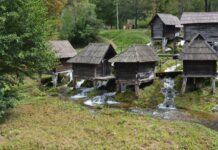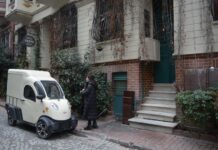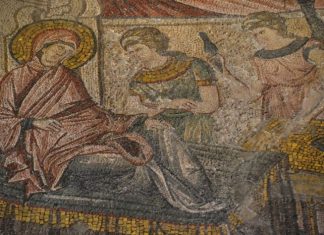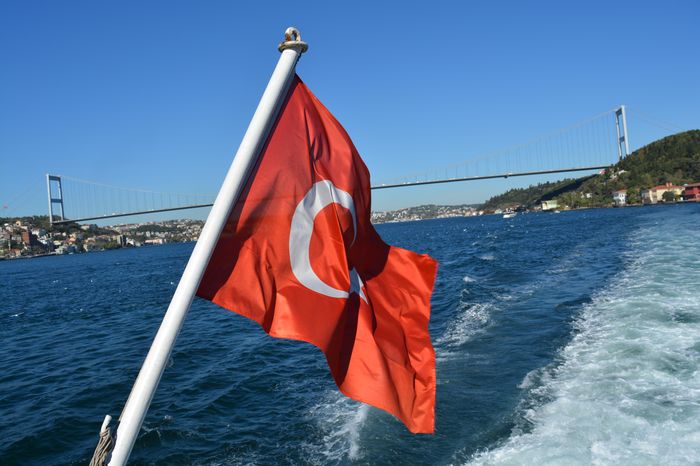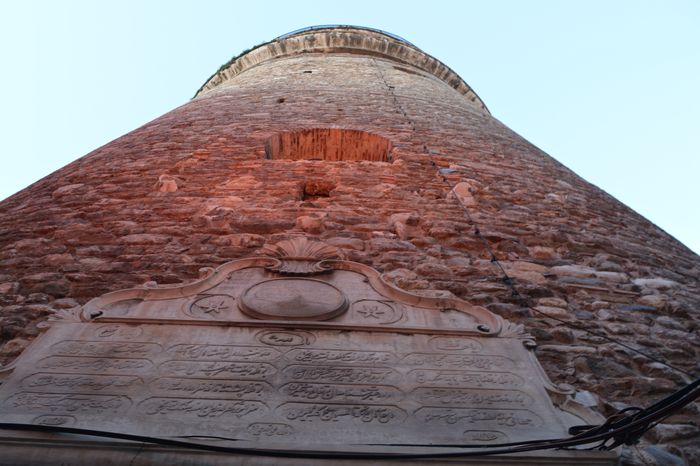There is a Middle Byzantine cistern located to the northwest of the outer courtyard of the Yavuz Sultan Selim Mosque that draws special attention. This cistern is still in very good condition and was studied carefully during the mosque’s restoration work.
Inside this cistern, several Corinthian capitals date back to the sixth century. There are also imitation basket capitals from the same period that show a special carving style called the “a-jour” technique, where parts of the design are open or pierced, creating a delicate effect in low relief.
On top of these capitals, there are plain impost blocks placed, which helped support the arches or vaults above. Interestingly, one Corinthian capital was found lying upside down on the floor. It looks like it was reused as a base for a column, showing how builders recycled materials in creative ways Cistern Near the Pantokrator Church.
Later Cistern Near Şeyh Murat Mescidi
Another cistern, which is partly preserved near the ruined Şeyh Murat Mescidi, also has important reused capitals. Out of eight surviving capitals, seven belong to the sixth century and come in different styles.
One special capital is a composite type decorated with finely carved toothed acanthus leaves and a frieze of palmettes (a fan-shaped leaf design) between the scrolls or volutes. This capital seems to be a later imitation of the fifth-century capitals found in famous churches such as Stoudios Monastery in Constantinople and Acheiropoietos Church in Thessaloniki (see Fig. 6).
Ionic Impost Capitals The Most Common Type in Cisterns
The most common type of capital found in the covered cisterns of Constantinople is called the Ionic impost. This style appeared after the beginning of the fifth century and has been recorded in twenty-nine cisterns in the city.
The Ionic impost is a special kind of capital made from a single piece of stone. It combines a stylized Ionic capital with an impost block on top. This design was widely used across the Byzantine Empire until the end of the sixth century Daily Tours Istanbul.
These capitals differ not only in their shapes but also in their decorations. Some have a simple cross motif on plain impost blocks. Others show more detailed decorations, including acanthus leaves, rosette medallions (circular floral patterns), or monograms (symbolic letters).
These decorated imposts were often reused in later cisterns, showing how important these architectural elements were for builders recycling older materials.
The reuse of spolia capitals in Byzantine cisterns near important mosques and other buildings shows the skill of Byzantine builders in recycling beautiful and useful architectural pieces. Capitals from the fifth and sixth centuries, especially the Ionic impost type, played a major role in the construction and decoration of water storage structures in Constantinople. These capitals carry rich artistic and historical value and help us understand the city’s architecture and building practices.

